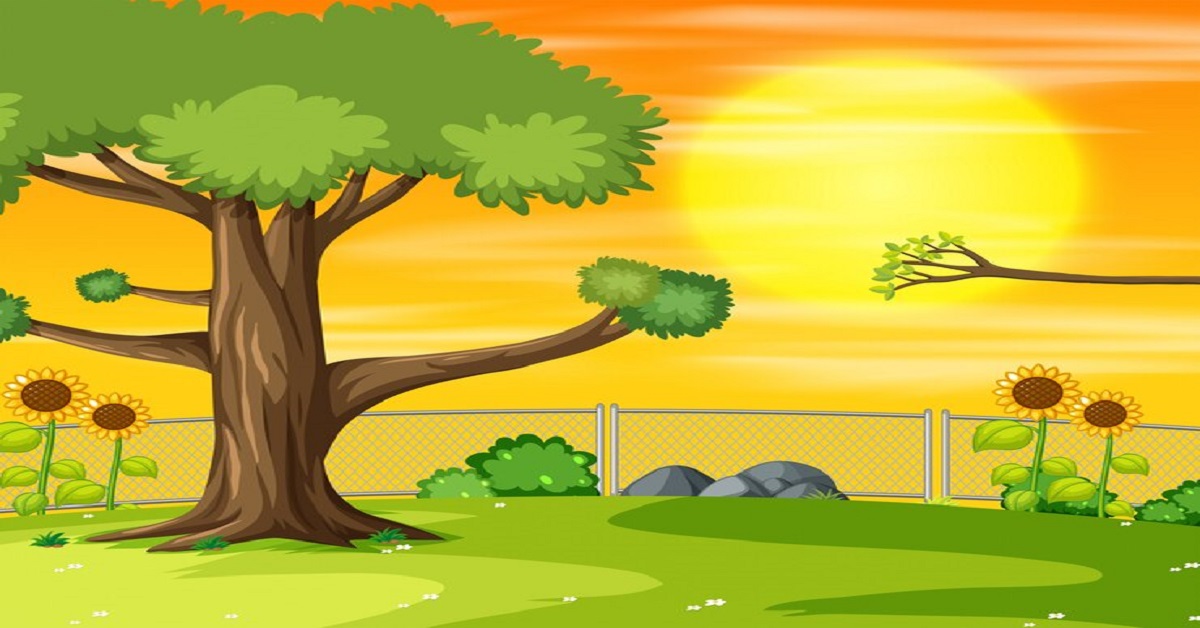Introduction
Nature drawing involves capturing the essence of the natural world through artistic representation. This practice not only highlights the intricate details of plants, animals, and landscapes but also fosters a deeper connection with the environment. Artists use various techniques to depict nature’s beauty and complexity, employing mediums such as pencil, charcoal, and watercolor.
Materials and Tools
Basic Supplies
To start with nature drawing, you’ll need a few essential tools:
- Drawing Paper: Opt for a high-quality, acid-free paper that can handle multiple layers of shading and erasing.
- Pencils: A range of pencils from hard (H) to soft (B) grades is ideal for creating different textures and depths.
- Erasers: Both a standard rubber eraser and a kneaded eraser are useful for corrections and highlights.
- Charcoal: For a more dramatic effect, charcoal can be used to achieve rich blacks and smooth gradations.
Optional Tools
Depending on your style and preferences, you might also use:
- Inks and Pens: For detailed line work and contrast.
- Watercolors or Pastels: To add color and enhance the realism of your drawing.
Techniques for Nature Drawing
Observation and Reference
Begin by carefully observing your subject. Whether it’s a leaf, a bird, or a mountain landscape, taking the time to study the details is crucial. Use reference photos or sketches to capture various angles and features of your subject.
Sketching
Start with light, loose sketches to outline the basic shapes and proportions. This stage is about capturing the essence of the subject without focusing on details. Use a hard pencil (like H2) for these initial lines.
Detailing
Once the basic sketch is complete, gradually add details. Focus on textures, patterns, and fine lines. For example, use a soft pencil (like 4B) to render the intricate details of a tree bark or the delicate feathers of a bird.
Shading and Texture
Shading adds depth and realism to your drawing. Use techniques such as cross-hatching, stippling, or blending to create various textures. Pay attention to light sources and shadow patterns to enhance the three-dimensionality of your subject.
Adding Color (Optional)
If you choose to incorporate color, do so after completing the initial drawing. Use watercolors or colored pencils to add vibrancy and nuance. Be mindful of how colors interact with each other and how they reflect the natural light.
Common Challenges
Capturing Details
One of the biggest challenges in nature drawing is capturing the fine details accurately. It requires patience and keen observation. Practice regularly to improve your ability to notice and reproduce subtle nuances.
Achieving Realism
Creating a realistic depiction involves understanding light, shadow, and texture. It may take time to master these elements, so don’t get discouraged. Study real-life examples and practice drawing different subjects to build your skills.
Conclusion
Nature drawing is a rewarding and educational practice that deepens your appreciation for the natural world. By using the right materials, mastering various techniques, and overcoming common challenges, you can create compelling and beautiful representations of nature.
Whether for personal enjoyment or professional development, the art of nature drawing offers endless opportunities for creative exploration and expression. Feel free to adjust any sections or add specific details based on the nature drawing topic you’re focusing on!
